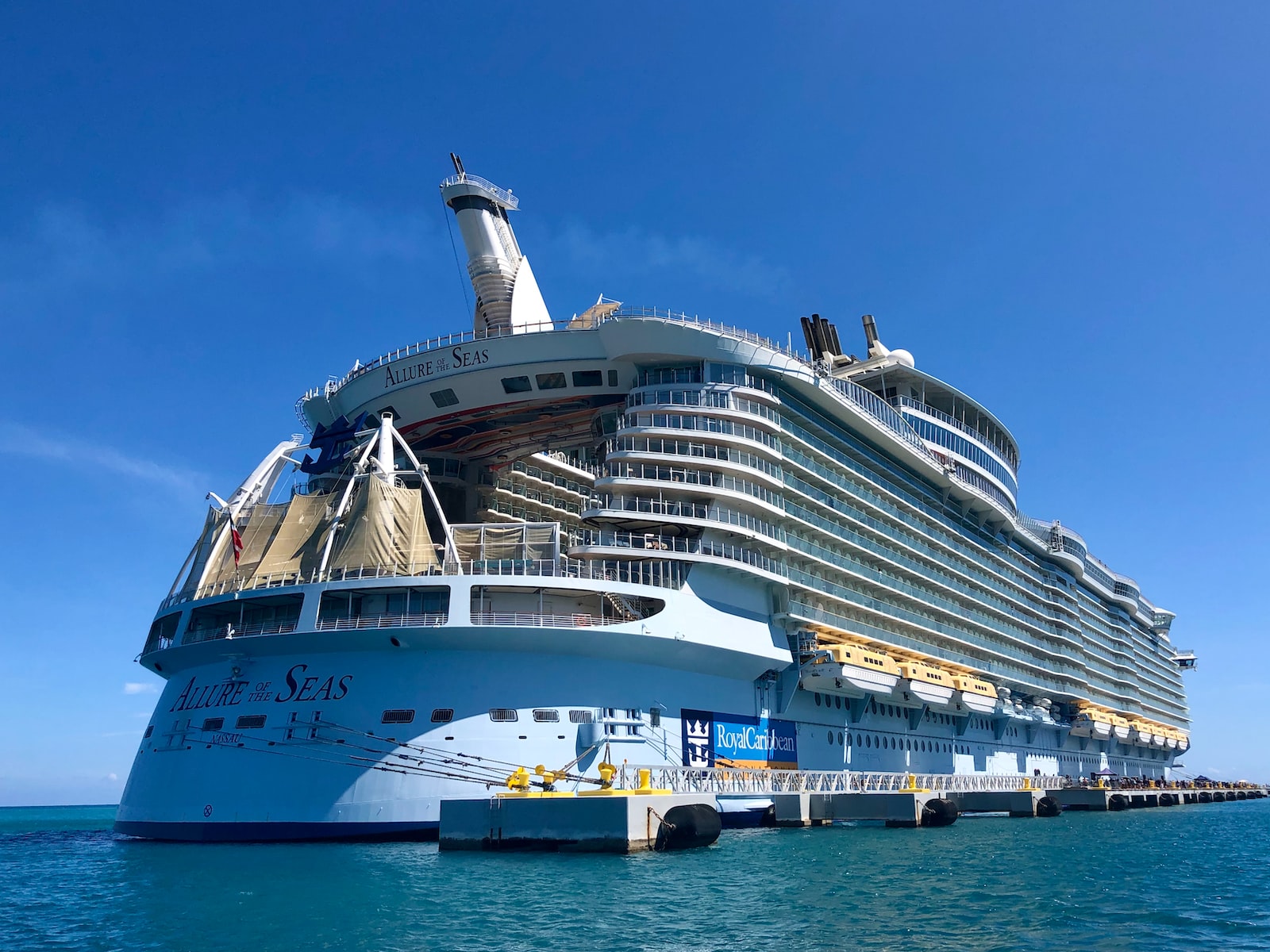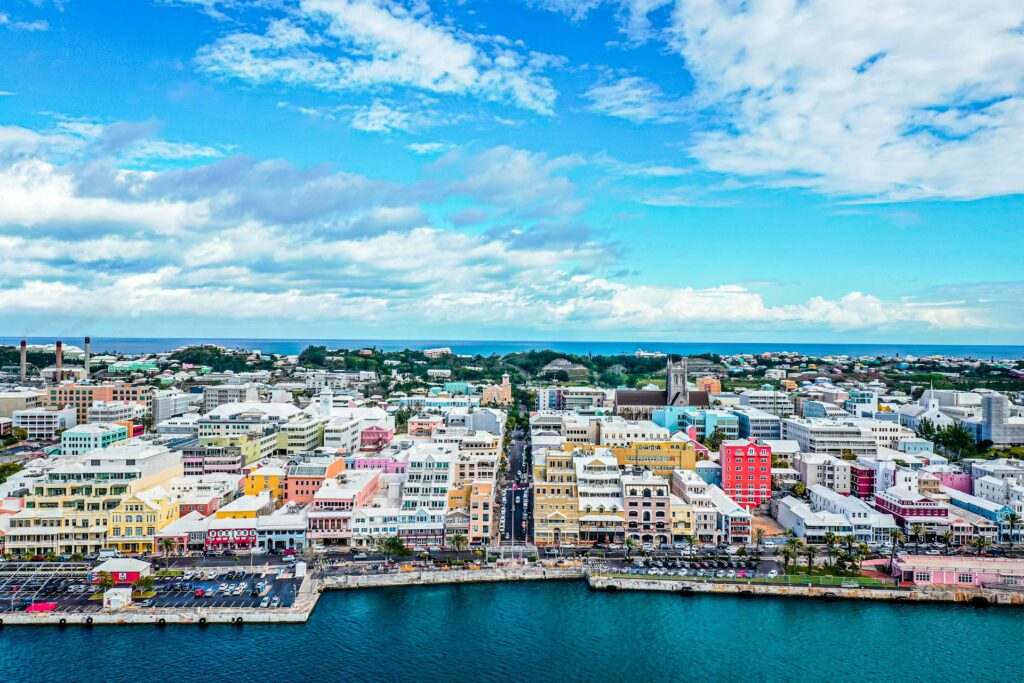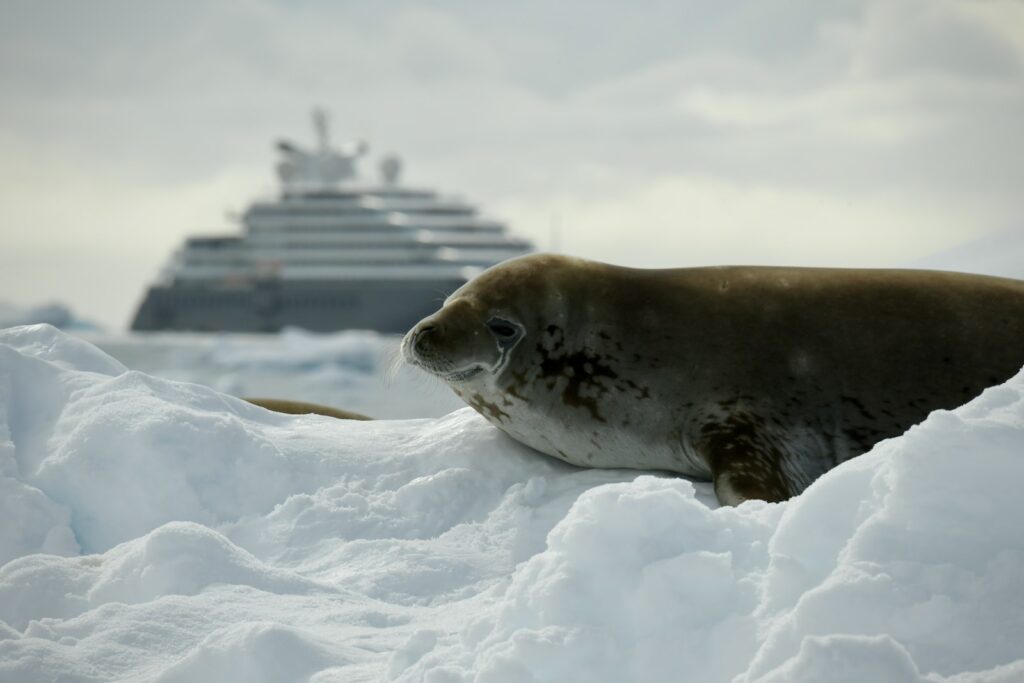Cruise ships from companies like Royal Caribbean are among the most enormous transportation vessels in the world. Roughly the size of an aircraft carrier, the massive passenger liners hold millions of gallons of fuel between five to six engines.
To help break down what those numbers mean practically, let’s dive into a cruise ship’s fuel capacity, standard distance per tank, how they refuel, and more. We will examine Royal Caribbean’s Oasis Class ships as our subject, the most extravagant luxury liners in the world.
How Many Gallons of Fuel Does a Cruise Ship Use?
Large cruise ships can hold around one or two million gallons of marine fuel. While some carry as many as four million gallons, they usually measure over 1,300 feet long, far beyond the world’s largest cruise ships like Royal Caribbean’s Oasis Class.
Not all of the million gallons of fuel rest in the engines. Most of the supply is onboard, where the operating crew refills the boat as needed.
The fuel demands of a Royal Caribbean cruise ship are high. Each uses about 250 tons of diesel daily or around 75,000 gallons. Split between four or five engines, each need between 15,000 and 19,000 gallons of fuel per day (about 750 gallons of fuel per hour). However, this amount varies based on the vessel’s speed.
Depending on the type of gas, location, and service costs, a standard refueling for a cruise ship can cost over $6,000.
While cruise ships can stay at sea for almost two weeks on their massive fuel supplies, they often refuel every two or three days. That’s because it’s convenient for Royal Caribbean and other liners to fill up the tank when they arrive at ports around the world, usually every few days as part of their route.
Distance Traveled by Cruise Ships on a Gallon of Fuel
If a standard cruise ship weighs around 200,000 gross tons, you might expect that it doesn’t get much mileage per gallon. If you thought that, you’d be correct. For example, Royal Caribbean’s Harmony of the Seas liner only moves 45 feet per gallon of fuel. That’s about the length of the famous Hollywood sign in Los Angeles, California.
A cruise ship moves at an average speed of roughly 20 knots per hour, or about 23 miles per hour. It takes 125 gallons for the vessel to move one nautical mile at maximum speed. If you do the math, that means that a cruise ship can travel about 600 nautical miles without stopping, or the distance between the Yucatan Channel and Jacksonville, Florida.
However, that’s if the liner moves at max speed. More often, a cruise ship will travel less than 500 nautical miles per day at average speed, depending on its route and number of stops.
LNG Fuel as a Cost-Effective and Safer Solution
Cruise ships are perfect for fantastic maritime experiences, but the downside is that they are not environmentally friendly. The massive amount of diesel fuel a luxury liner needs pumps pollutants into the air, leaving a noticeable carbon footprint. Thankfully, many cruise ships are turning to LNG (liquefied natural gas) fuel.
What is LNG fuel? It is an energy source made primarily from the naturally-occurring chemical methane. While burning, liquefied natural gas does not produce smoke, dust, or soot. Its 95 percent methane composition releases water vapor and a much smaller amount of carbon dioxide. Transportation industry giants are turning towards LNG fuel to reduce carbon emissions in increase fuel efficiency.
Cruise companies like Royal Caribbean desire to use LNG fuel beyond just reducing a carbon footprint. The less emissive gas costs much less than diesel and sulfur-based fuels. Its lower cost and impact are why many trains, cruise, and transportation companies are making mass conversions to LNG.
Which Cruise Ships Use LNG?
As of late 2022, ten active cruise ships use LNG fuel across several companies. They are:
- AIDAbova (Meyer Werft)
- Costa Smeralda (Costa Cruises)
- Carnival Mardi Gras
- P & O Cruises Iona
- AIDAcosma (Meyer Werft)
- Costa Toscana (Costa Cruises)
- Disney Wish
- Carnival Celebration
- MSC World Europa (MSC Cruises)
- Norwegian Prima
Other manufacturers have their sights set on LNG-fueled cruises in the future. Royal Caribbean’s Icon of the Seas will be its first luxury vessel with sustainable power. The company plans to pad its new Oasis of the Seas line with as many LNG cruises as possible.
How Does a Cruise Ship Refuel?
When cruise ships make stops at ports worldwide, it’s the perfect time to refuel and check the vessel’s condition. However, with cruises being as wide as Royal Caribbean’s Wonder of the Seas at 210 feet long, it isn’t as simple as pulling up to the shore. Since luxury liners extend far below the water’s surface, cruise ports extend far into the ocean.
To refuel, teams take barges loaded with marine fuel to the cruise ship in a process called bunkering. The cruise ship operators empty their oldest reserves into the engines to make way for new fuel. Then, a team of bunkering professionals don safety gear and carefully sail a barge to the cruise to fill its tanks.
They pump the oil into the tanks and carefully monitor the supply lines. The bunkering process, if executed poorly, can result in fires, spills, and environmental damage. That’s why the workers involved take extra precautions transferring and filling the cruise ship with oil.
Bunkering a vessel is not a short process. It takes over half a day to fully refuel a cruise ship due to its high maximum capacity, energy requirements, and the necessary labor. Because of this, a luxury vessel will seldom pass up the opportunity to refuel at the port. There’s no better time than while the cruise passengers are enjoying the local environment.
Conclusion
Now you know how much fuel Royal Caribbean and other cruises can hold. At about 750 gallons, these luxury liners consume tons of fuel per hour. The refueling process is delicate, laborious, and expensive. Thanks to LNG fuel innovations, the cruise industry is moving towards lower costs and a greener future.





